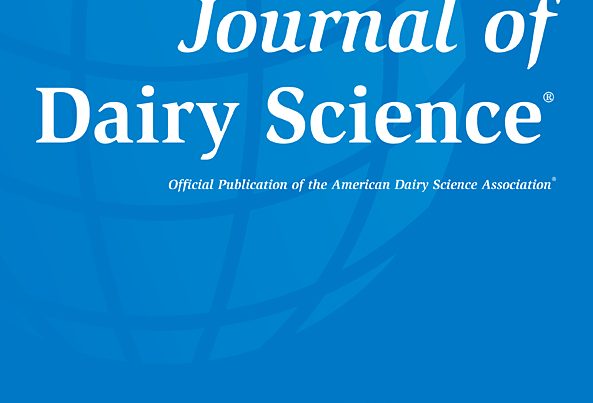Document type: Scientific article published in Animals
Authors: Francesca Mazza, Federico Scali, Nicoletta Formenti, Claudia Romeo, Matteo Tonni, Giordano Ventura, Luigi Bertocchi, Valentina Lorenzi, Francesca Fusi, Clara Tolini, Gian Filippo Clemente, Federica Guadagno, Antonio Marco Maisano, Giovanni Santucci, Loredana Candela, Gianluca Antonio Romeo
Preview: Information regarding the relationship between animal welfare (AW) and antimicrobial use (AMU) in dairy cows is limited. The current study aimed to investigate this relationship on Italian farms and to identify potential targets of AMU reduction. The study was performed at 79 Italian dairy farms housing over 15,000 cows during 2019. AW was scored with an on-farm protocol assessing farm management and staff training, housing systems, and animal-based measures. AMU was estimated using a defined daily dose per kg of animal biomass (DDDAit/biomass) for Italy. The median AW score was 73% (range: 56.6-86.8%). The median AMU was 4.8 DDDAit/biomass (range: 0-11.8). No relationship between the total AMU and AW was found. Management and staff training were positively associated with the use of the European Medicines Agency's category B antimicrobials, which are critical for human medicine, and with intramammary products for dry cow therapy. In those farms, antimicrobial stewardship should aim to reduce the category B antimicrobials and selective dry cow therapy. Our results underline the importance of implementing both an integrated monitoring system (AW, AMU, etc.) and antimicrobial stewardship tailored to the specific needs of each dairy farm.






